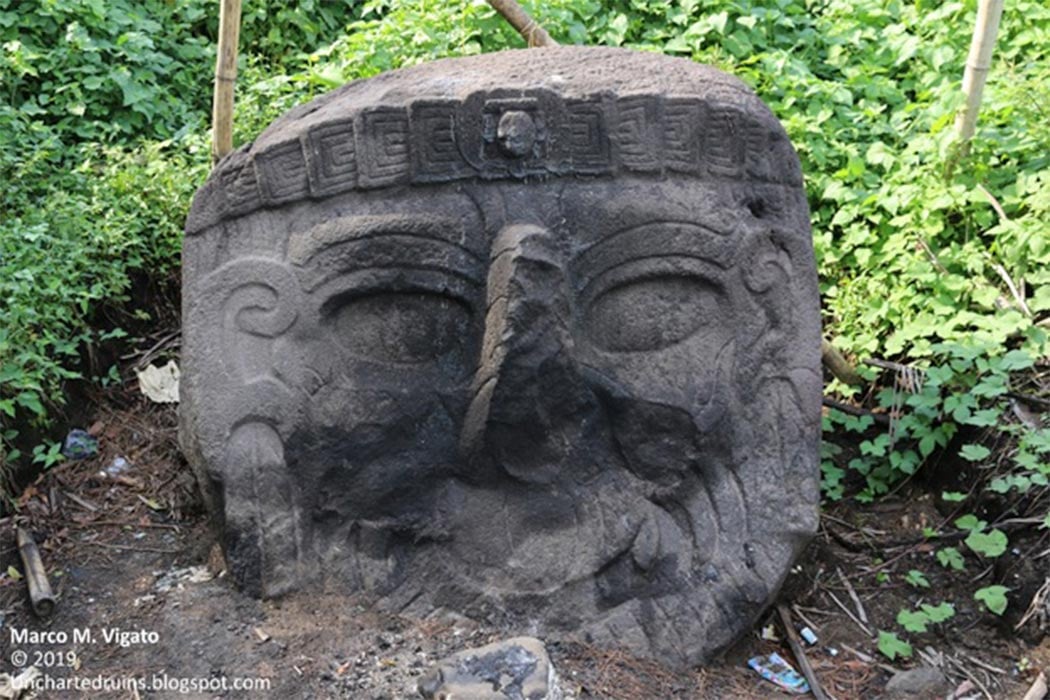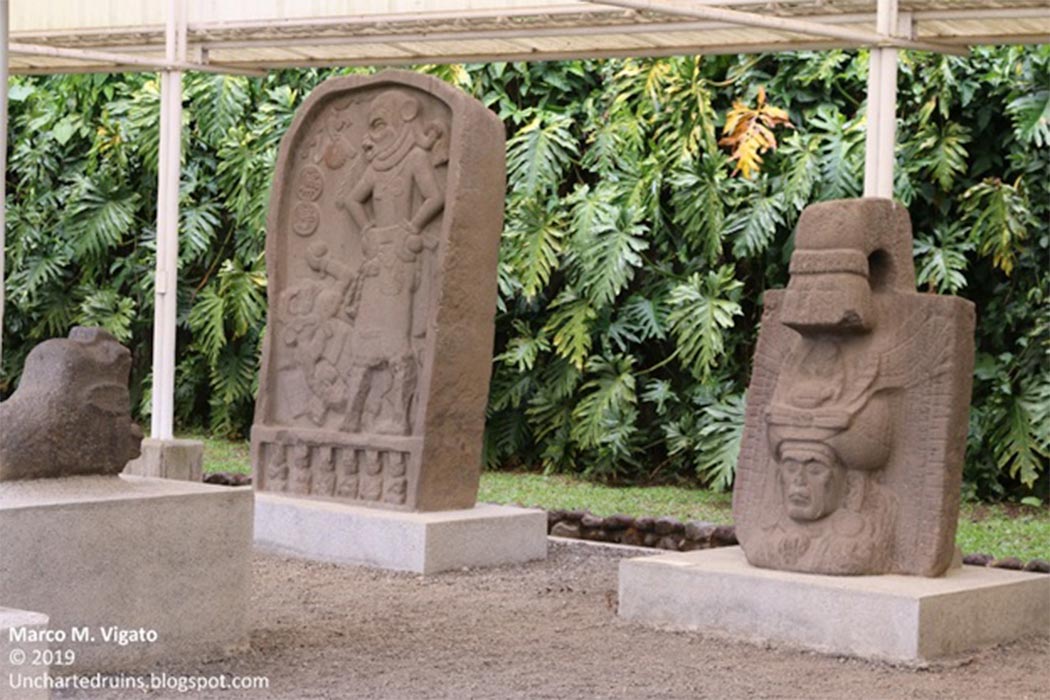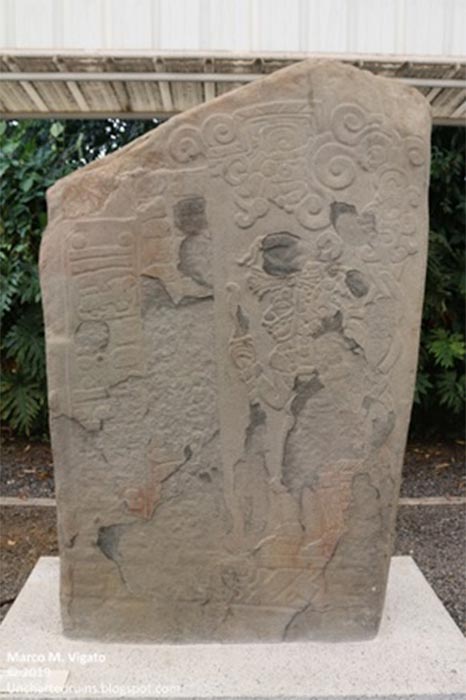
Cotzumalguapa: Evidence of Pre-Columbian Transoceanic Contact
Thousands of years ago, an unknown culture carved and raised hundreds of stone stelas and sculptures on the Pacific coast of southern Guatemala. Together, they provide some of the strongest evidence of Pre-Columbian transoceanic contact anywhere in the American continent. The mysterious culture that created these sculptures is known as Cotzumalguapa, named after the village where the first artifacts were found in the mid-19th century. Three sites formed the heartland of the Cotzumalguapa culture, known by their modern names of El Baúl, Bilbao and El Castillo, each only a few kilometers apart and connected by raised stone causeways of which only faint traces remain.

A striking sculpture from El Baúl depicting a sitting jaguar. It is one of the most famous sculptures at the site and a symbol of Guatemala. (Image: © Marco Vigato)
Contemporary 1000 BC Maya and Olmec
The first mention of the Cotzumalguapa sculptures in the archaeological literature dates back to 1863. It was however only in 1877 that a German expedition uncovered over 31 monuments and stelas, all of which but one were shipped to Berlin. Hundreds more would be uncovered in the following years as the area was cleared of its thick jungle cover to make room for coffee and sugarcane plantations. Unfortunately, agricultural development was also responsible for the near complete destruction of all the monumental architecture at the site, which must have been extensive. The stelas were dispersed across several museums and private collections, with only the largest sculptures remaining in situ, exposed to all kinds of looting and vandalism.

Stela 27 of El Baúl next to the colossal portrait of a ruler. (Image: © Marco Vigato)
What is left, however, is enough to form a clear picture of a culture that thrived on the Pacific coast of Guatemala perhaps as early as 1000 BC, and developed its own peculiar artistic style at the same time as the flourishing of the early Mayas and Olmecs. A large number of Cotzumalguapa sculptures are now hosted in the open-air museum of El Baúl, located inside an abandoned industrial precinct. Nearly all the sculptures on display are carved in a hard type of andesite or basalt, and reflect different Olmec, Maya and even Central Mexican and Toltec influences – ranging from about 1000 BC to 1200 AD.
Other sculptures from the same region have been shown to contain significant magnetic anomalies, which were deliberately incorporated and in a way accentuated by the ancient artisans.
Enigmatic non-Maya Glyphic Script
Among the over 100 stone monuments and stelas in the museum are found some colossal portraits of rulers wearing strange turbans, enormous stone heads, as well as several free-standing stelas, pillars and sculptured rocks. Many contain hieroglyphic inscriptions, written in a non-Maya glyphic script that remains to this day undeciphered and untranslated. Even so, an analysis of the calendric symbols contained on stela 1 of El Baúl suggests significant analogies with the Maya long-count system. One inscription in particular contains the date of March 6, 37 AD, although it is not known which event the stela was meant to commemorate. This is one of the earliest dated inscriptions found anywhere in Mesoamerica.





